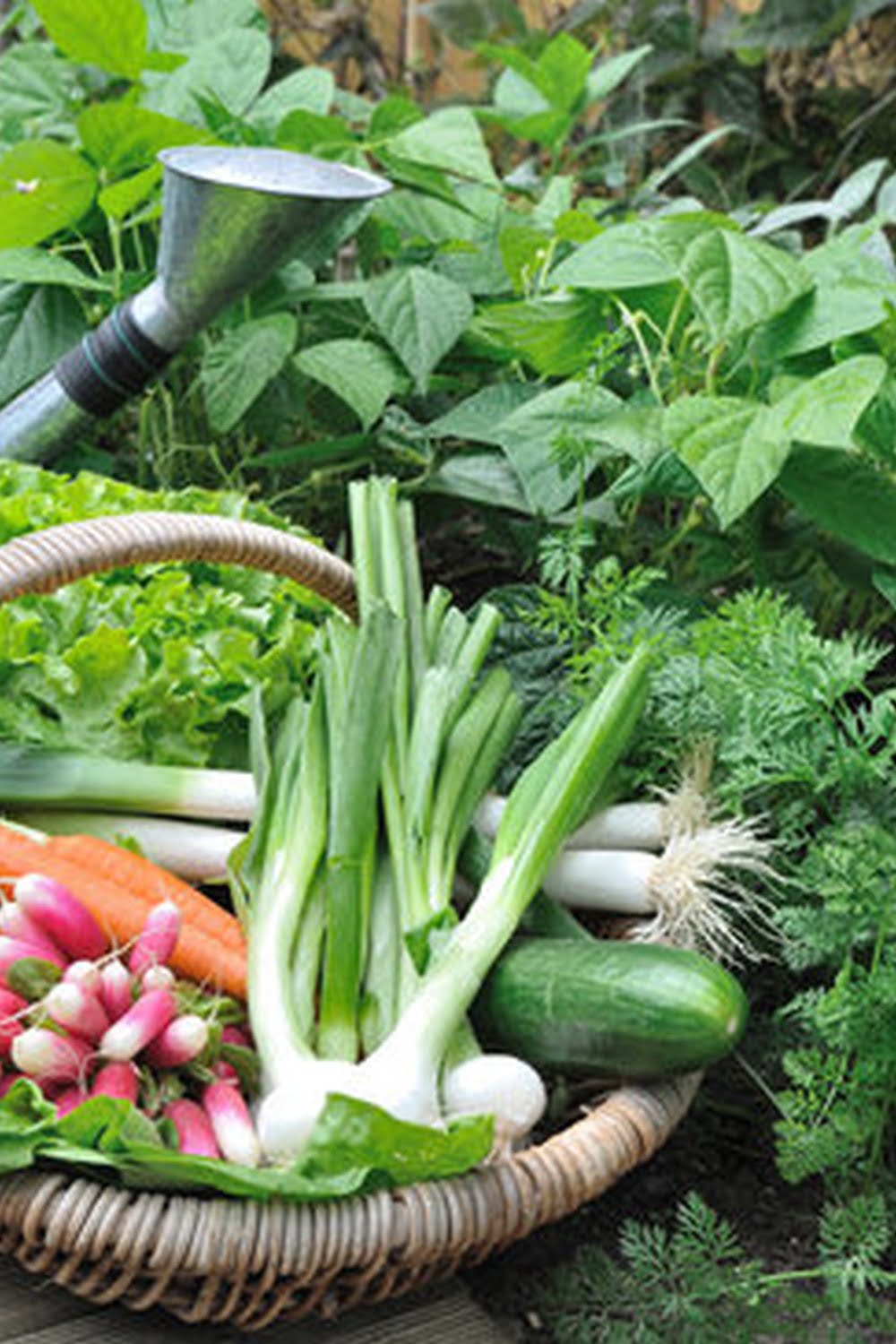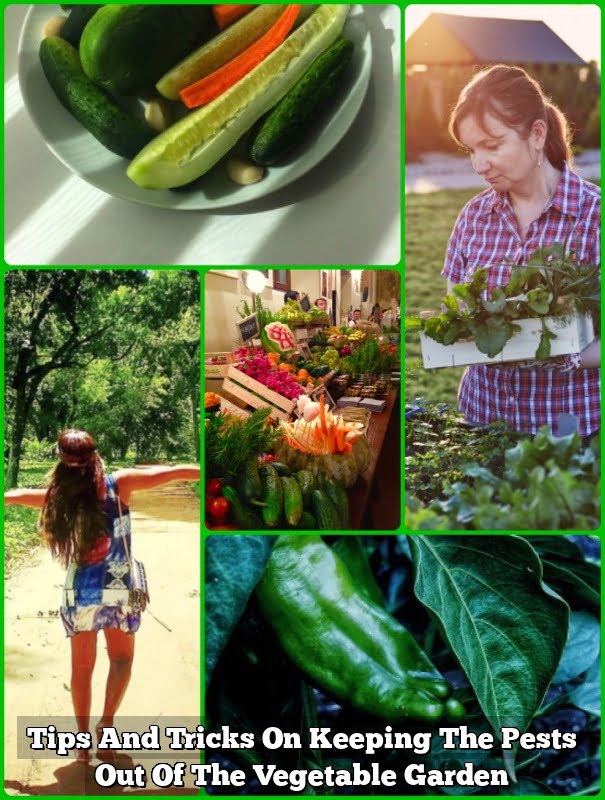Introduction
Vegetable gardens typically provide an abundant harvests of fresh produce, but they are vulnerable to many types of pests. Many vegetables can fall prey to a range of common pests such as aphids, caterpillars, beetles, ants, grasshoppers, mites and slugs. These can cause significant damage in terms of feasting on leaves, flowers and fruit. High-value crops such as cabbage and kale, tomatoes and peppers can suffer from infestations. Root vegetables like onions and potatoes may also be targeted by nematodes that attack their roots. Overall, gardeners need to take measures to identify the pest species present and take appropriate action to protect their plants from future damage.
Identifying the Pests
Insects: These are the most common types of garden pests and they can be identified by their small size, varied colors, and tend to move quickly. Look out for signs such as bites on plants and the presence of larvae. Common insect pests include aphids, thrips, beetles, caterpillars and armyworms.
Rodents: Rodents in the vegetable garden can be very damaging to crop production. They tend to leave behind signs of damage on root systems from gnawing, burrowing or tunneling. Droppings left on vegetation and near food storage areas is a sign that rodents have invaded your garden. Common rodents found in gardens include voles, ground squirrels, gophers, mice and rats.
Diseases: Plant diseases caused by fungi or viruses can spread quickly throughout a garden so early detection is key. Signs of plant disease range from discoloration on leaves to wilting foliage or poor growth performance overall. It’s important to eliminate diseased plants right away so it won’t spread further across the garden and contaminate healthy vegetables. Certain vegetables like potatoes may have external signs such as black spots or rings while others may just appear unhealthy overall due to infection from disease-causing pathogens.
Inspecting Your Garden
Inspecting your vegetable garden for pests begins with having the right tools and appropriate protective gear. You should first put on a pair of thick gloves, long-sleeved shirt, and gardening hat. These will help protect you from the elements, as well as any potential stings or bites that may occur if pests are present.
Next, use a gardening tool such as a handheld trowel or shovel to look beneath the soil surface and inside plants’ crevices and leaf axils (where leaves meet stems). Small holes, damage to leaves, or yellowing can be signs of pest activity. A magnifying glass can also be helpful in your inspection process.
Once you have visually inspected the area, it’s time to use traps such as sticky boards or traps specifically designed for certain pests to further identify what’s present. Place them around the perimeter of your garden bed and check back occasionally over the next couple weeks. If caught early enough and not too widespread, taking action may only require some handpicking or pruning affected leaves/plants, but more vigorous methods like pest-specific insecticides may be needed depending on what’s been identified.
Preventative Measures
Preventive measures are key when it comes to keeping your vegetable garden pest-free. Crop rotation is one of the most effective preventative measures because it breaks up the life cycle of many insect pests, making them less likely to infest your plants. Additionally, companion planting has proven useful in repelling and distracting pests away from certain edibles like aromatic herbs and flowering plants that can act as natural pest deterrents. Proper drainage and soil maintenance such as installing raised beds, using protective covers with perforated materials for tunnels or hoops, amending and mulching each year are important steps you should take to improve the soil quality of your garden and help keep pests at bay by discouraging bugs that feed on moisture. Lastly, avoid planting in wet or low-lying areas since these environments attract rodents and other garden moochers.
Natural Remedies
Hand-picking: A simple method for dealing with vegetable garden pests, hand-picking involves going out into the garden and body grabbing any pests you see. Make sure to wear protective clothing like gloves, as it is important to remove the insects from your garden to reduce their population.
Neem Oil: Neem oil is an effective organic pesticide that uses a combination of neem oil extract, water and soap. To use it, mix 1 teaspoon of neem oil extract with 1 quart of lukewarm water. Then stir in ½ tablespoon of dish soap and stir until combined. Finally, pour the solution into a spray bottle and apply to the areas where there are signs of pest activity.
Insecticidal Soaps: Insecticidal soaps work by smothering and killing soft bodied insects such as aphids, mealybugs and whiteflies on contact. To make your own insecticidal soaps, combine ½ teaspoon of liquid dishwashing soap in 1 quart of water and then shake well before use. Spray infected parts of plants until they are soaked in the solution at least once every 5-7 days until the infestation has cleared up.
Makeshift Pest Traps: An easy way to get rid of pests organically is to set up makeshift pest traps around the vegetable garden. For example, use yellow sticky boards attached in an upright position or suspend plexi glass shields on wooden stakes surrounding the plants you want to protect from pests. The yellow color attracts the pests while they get stuck on the board or shield when trying to move through them leaving them without any chance for escape.
Garlic & Onion Spray: Garlic and onion have natural pesticidal properties which can be used in homemade sprays for fighting off garden pests organically. To create this spray mix equal parts garlic and onion juice with 2 tablespoons liquid dishwashing soap and 1 gallon of water . Shake well before using this solution on vegetables infested with aphids or other soft bodied insects such as spider mites.
Chemical-Based Remedies
Chemical-based remedies, including insecticides and fungicides, can be used for larger infestations in your vegetable garden. However, it’s important to keep in mind that using these types of chemicals could harm the environment and cause potential health risks to people and plants alike. Depending on the severity of the infestation, chemical-based products may not even be effective at controlling the problem pests. Additionally, they can interfere with beneficial insects that naturally suppress pest populations. In some cases, it may even kill beneficial organisms living in the soil. This could have serious impacts on the overall health of your garden. When you do use these products, be sure to follow instructions closely and stay far away from any areas where runoff might occur—or run off into nearby water sources like streams and ponds. It’s also a good idea to consider more ecofriendly and organic alternatives like introducing natural predators or manually removing pests from your garden instead of using harsh chemicals.
Conclusion
In conclusion, getting rid of vegetable garden pests can be a difficult but not impossible task. By following the methods discussed in this blog post—neem oil, floating row covers, preventing weeds, handpicking bugs, releasing beneficial insects and using homemade pest repellents—you should be able to protect your garden from pests and prevent further damage. Additionally, it is important to stay vigilant for signs of pest infestations and react quickly by applying neem oil or any other treatment methods that might be recommended for the particular infestation. Finally, if you believe that alternative methods such as natural sprays or bait traps could provide better relief than what was mentioned here, make sure to research those too before giving them a try!
To summarize:
1. Weigh up the pros and cons of using chemical treatments
2. Monitor your garden regularly for signs of insect activity
3. Release beneficial insects
4. Have a comprehensive pest control measure in place
5. Weed out any plants that attract pests
6. Use organic materials like neem oil or homemade pest repellents
7. Utilize physical barriers such as plastic mulch and floating row covers
8. Make sure to follow all instructions carefully when applying any products intended for pest control

If you’re looking to get into vegetable gardening, or are just looking for some tips on how to make your current garden better, then you’ve come to the right place! My name is Ethel and I have been gardening for years. In this blog, I’m going to share with you some of my best tips on how to create a successful vegetable garden.





